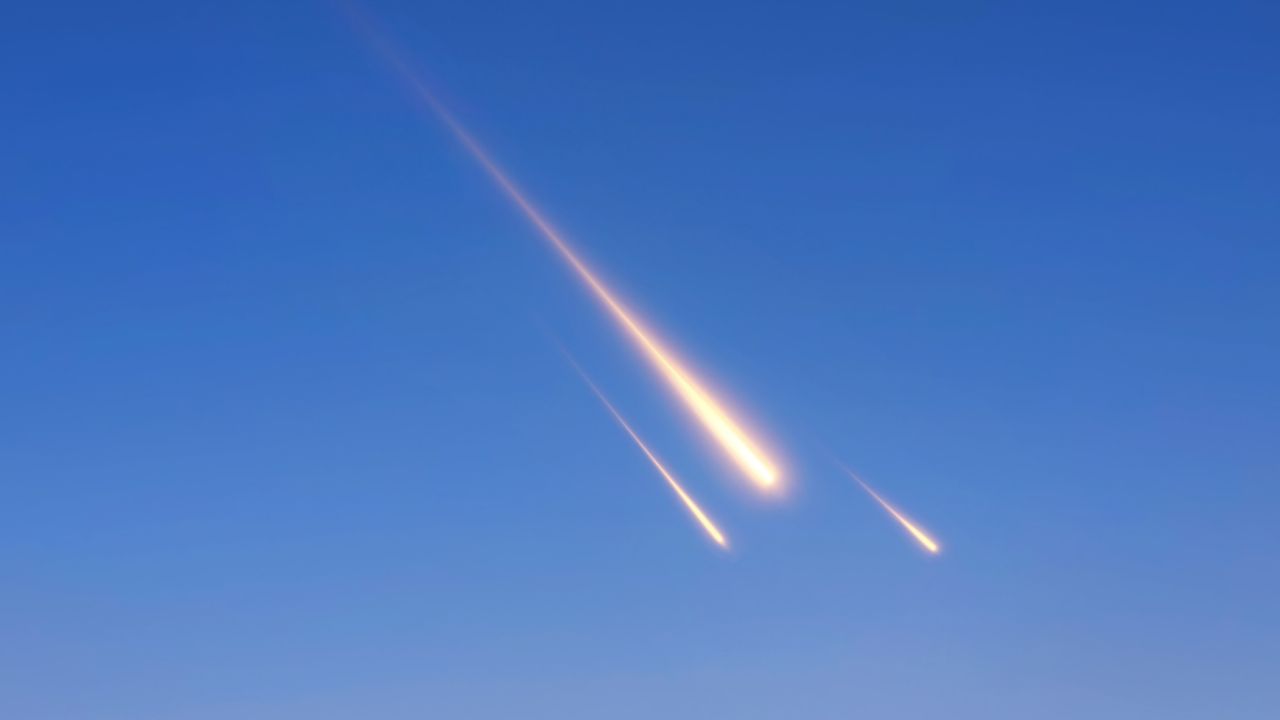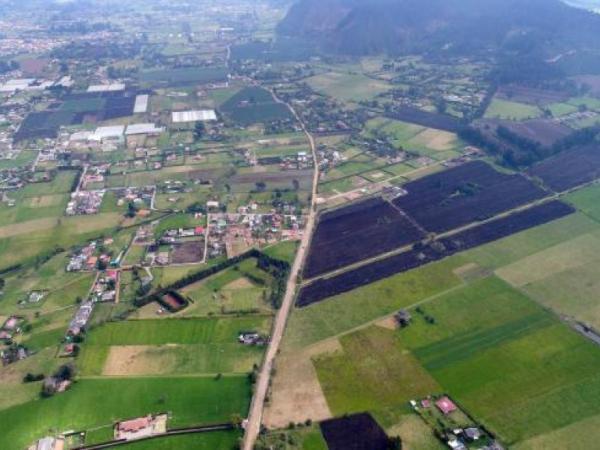An astronomical phenomenon of great relevance is about to take place in the heavens: the passage of the kite C/2023 A3, also known as the “Comet of the Century”. This comet has generated expectations among astronomers due to its trajectory, which will bring it considerably closer to Earth. This event will be visible in different parts of the world, including Chile, and is expected to be one of the brightest of the 21st century. The comet, whose core is made of ice, dust and rocks, could offer a spectacular sight if it survives its close pass by the Sun.
Comet C/2023 A3 has the potential to be visible to the naked eye, as long as it does not fragment or evaporate due to the heat of the Sun. This comet could be one of the brightest of the 21st century, making it a event A must-see for astronomy fans and experts. The phenomenon has already aroused the interest of the scientific community, which is following it closely to document its passage.
The most anticipated moment to appreciate this phenomenon will be from October 10, when the kite It begins to be visible after sunset. The best conditions to observe it will be in high places and with a clear view towards the horizon, where the night sky will allow you to distinguish the brilliant trail it will leave in its wake. The comet will reach its closest point to Earth on October 12, at which time it will be even more visible.
According to National Geographic, the kite C/2023 A3 travels at an impressive speed of 290,664 kilometers per hour. This celestial body comes from the most distant areas of the solar system, which suggests that this could be the only time in which its trajectory brings it closer to Earth. Therefore, this is a unique opportunity to observe it, as it is unlikely to come close again in the future.
To fully enjoy this astronomical eventit is not necessary to use specialized equipment. Beamin notes that the comet will be visible to the naked eye, but suggests using binoculars or tripod cameras to capture high-quality images. A cell phone with night mode could also be used to obtain impressive photographs of the comet and its characteristic tail, made up of gases and dust that sublimate as they approach the Sun.


















